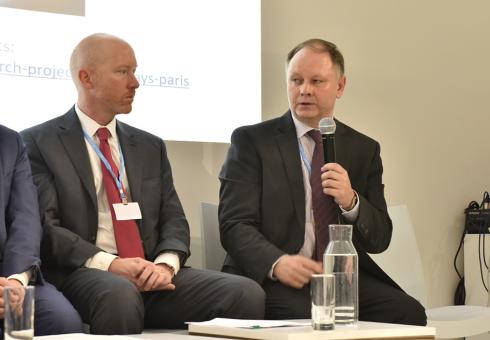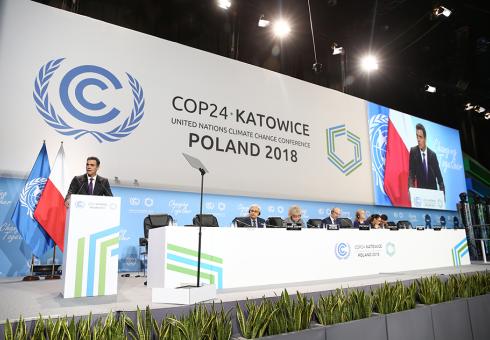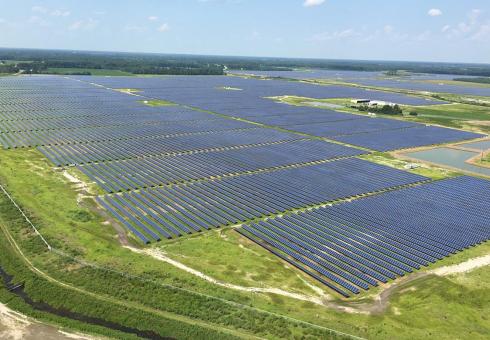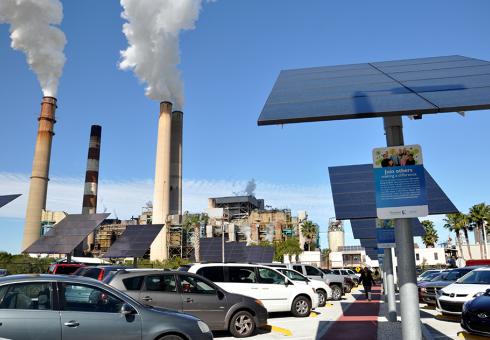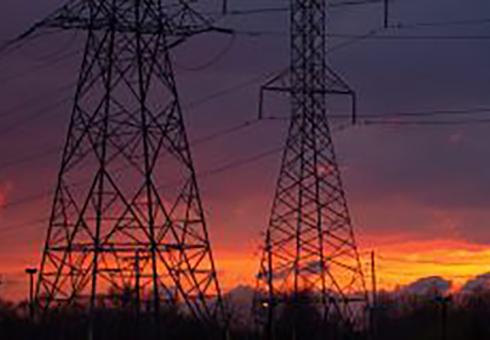Joint Program Research Scientist Jennifer Morris interviewed on France 24
News and Outreach: Jennifer Morris
Two new MIT reports advance practical emissions-reduction strategies for Southeast Asia and Latin America at both the regional and country level
Meeting the Paris 2°C goal requires a dramatic turnaround in emissions in the very near future, argue Joint Program researchers Henry Jacoby and Jennifer Morris in The Conversation
MIT Joint Program researchers to present advanced modeling approaches at AGU Fall Meeting
MIT report highlights challenges and opportunities for conserving natural resources and stabilizing the climate
MIT Joint Program workshop explores economic and environmental impacts of scaling up low-carbon energy
Joint Program researchers advocate for improved modeling approach
MIT Energy Futures: Why including non-carbon options is key
An analysis by MIT researchers shows that when electric power companies are planning to invest in new generating facilities but face the possibility of future limits on carbon emissions, they can reduce their long-term economic risk by having at least 20% of the new generation come from non-carbon systems such as solar and wind. Coal or natural gas plants are less expensive initially, but they might have to be shut down prematurely if a carbon cap is put in place in the coming decades. Non-carbon systems are more costly to build, but they’re relatively inexpensive to operate, so companies will continue to run them, even if there’s no restriction on carbon emissions. The researchers’ novel method of incorporating expectations about future emissions policies into the decision-making process identifies an investment strategy that can as much as halve cumulative costs to the US economy, potentially saving more than $100 billion over the long term.
In The Conversation, MIT Joint Program Research Scientist Jennifer Morris makes an economic case for why U.S. electricity providers should increase their investments in non-carbon power sources. Additional coverage: Salon
OurEnergyPolicy.org features online discussion based on MIT Joint Program Research Scientist Jennifer Morris's Energy Journal paper "Hedging Strategies: Electricity Investment Decisions under Policy Uncertainty."
1. Is it appropriate for investors to hedge against market exposure by placing capital into technologies that result in cleaner burning fossil generation?
2. Will private and public investors accept the risk and continue on a path of cheap fossil fuels, or increase holdings toward the 20-30 percent non-carbon source allocation?


